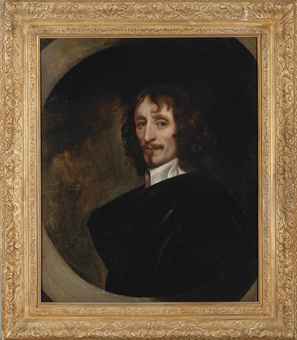It’s interesting to watch the change in fashions and attitudes to women, through the paintings that represented them during the 1600s. It’s easy to forget that from the formal, stiff poses, and the ruffs and hoop skirts that carried over from the Tudor years into post-Elizabethan England, through the plain, austere attire of the Commonwealth and its more zealous puritannical adherents, to the flirty, half-naked, often scandalous women in Lely’s portraits after the Restoration, was only 60 or 70 years. Was it the nature of the times that brought about this alteration in fashion in such a dramatic manner, or would it have happened anyway? The 1600s in England were a turbulent rollercoaster between freedom and oppression (both literally and in a religious sense), the almost total breakdown of society into civil war, then a swing from royalty to republic and back to royalty again. It’s not surprising attitudes to dress and, on a wider scale, the position of women in English life, was likewise unsettled.
Perhaps it is not so uncommon, though. Think of the events of the 20th century, that took Britain from the pre-war years with formal, conservative clothes (hats, gloves, respectability, etc), to austerity and ‘make do and mend’ in the 1940s, to a post-WWII new world when freedom of expression came into its own, the 1960s being the obvious example.
With that in mind, here’s a look at how our view of women changed during the 1600s.



















 Sir Simon Fanshawe”, c.1645, ©Valence House Museum
Sir Simon Fanshawe”, c.1645, ©Valence House Museum





